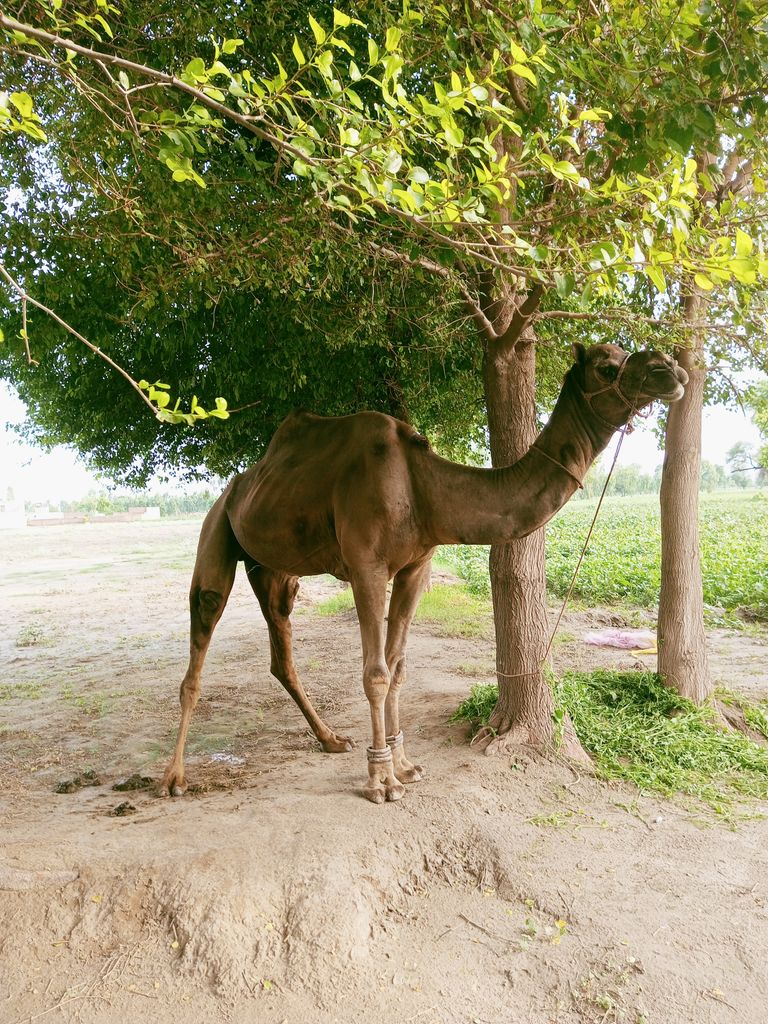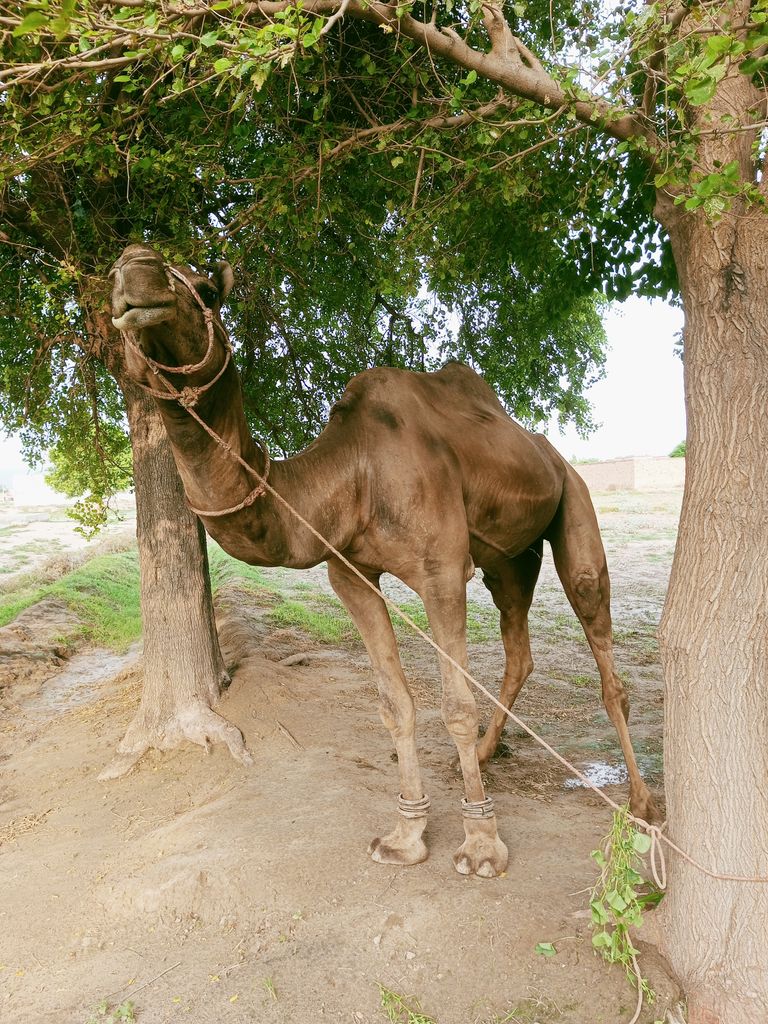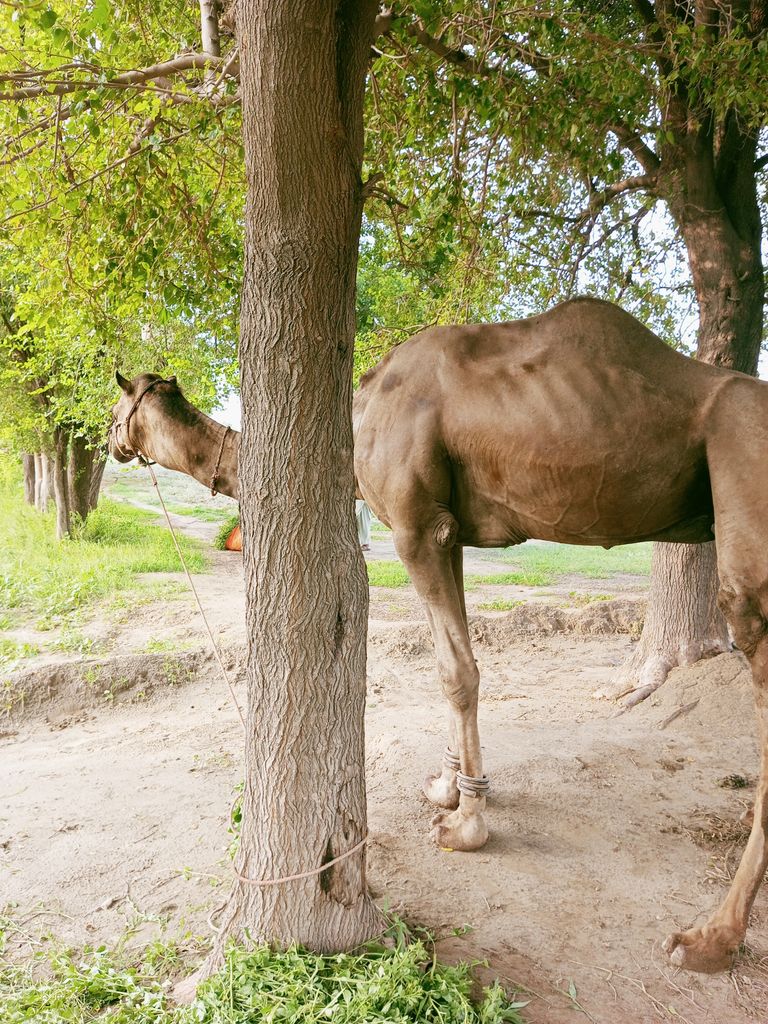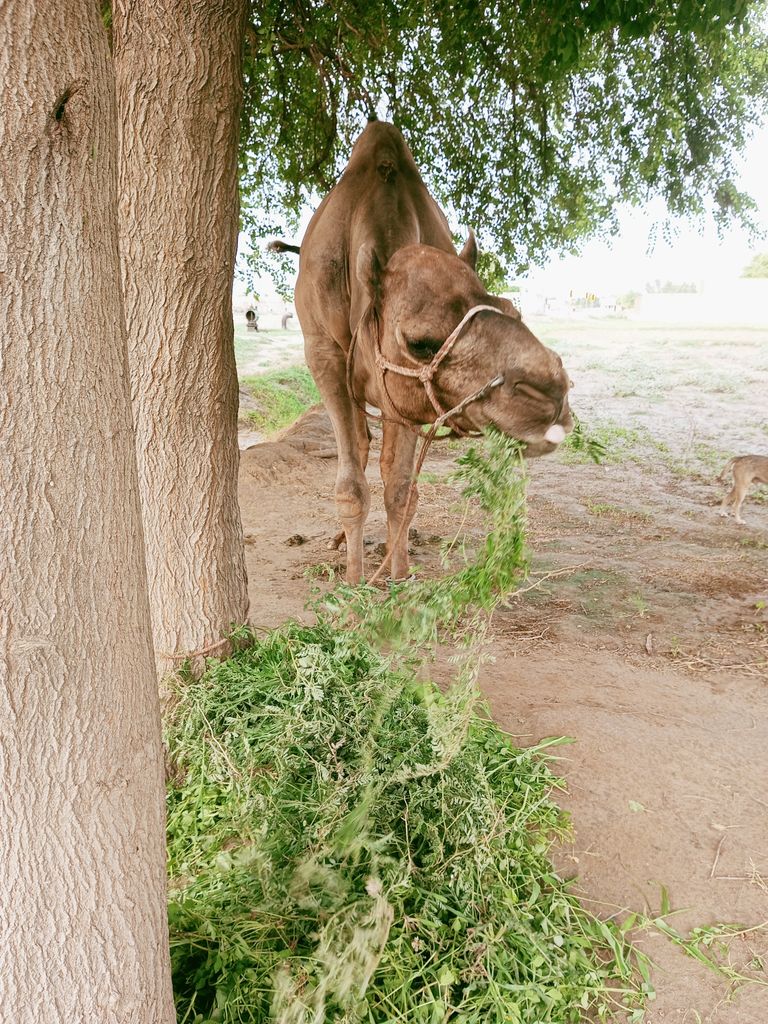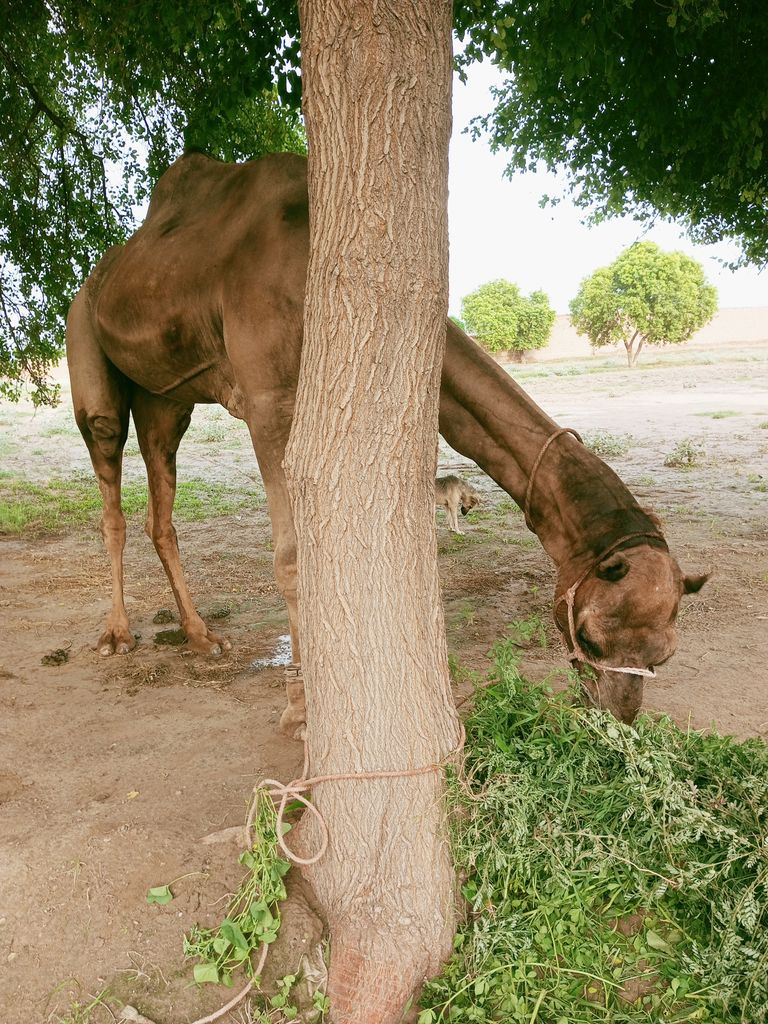The life of a camel is a fascinating and well-adapted journey, particularly in the arid and desert regions of Africa, the Middle East, and Asia. Camels belong to the Camelidae family and are known for their unique physical attributes that enable them to survive in harsh environments.
Birth and Early Life: A camel's life typically begins with a gestation period of about 12 to 14 months. Once born, camel calves are precocial, which means they are relatively independent and can stand and walk shortly after birth. They stay close to their mothers, who provide them with milk and protection during the early stages of life.
Physical Adaptations: Camels are well-known for their distinctive humps, which are actually reservoirs of fat, not water. These humps serve as an energy source during times of food scarcity. Camels also have tough, padded feet that help them walk on hot sand without sinking and a unique nasal structure that allows them to close their nostrils to protect against sandstorms.
Nomadic Lifestyle: In their natural habitat, camels are nomadic creatures, constantly on the move in search of food and water. They have an incredible ability to travel long distances, often covering vast expanses of desert terrain. This nomadic lifestyle is crucial for their survival in areas with limited resources.
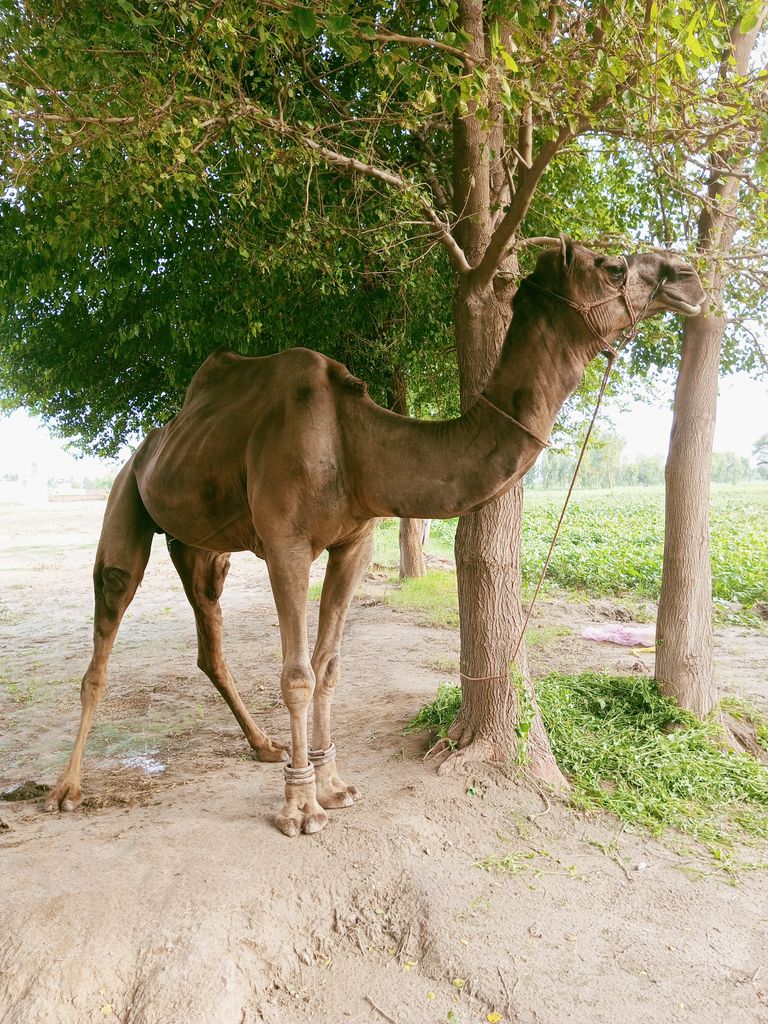
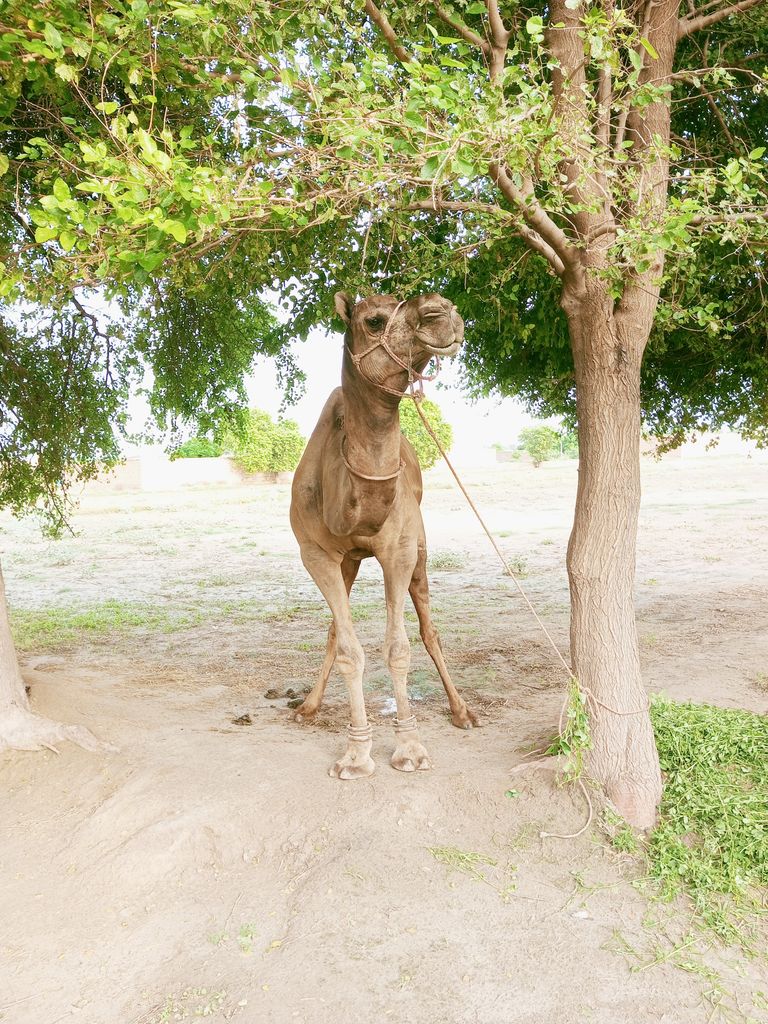

Diet: Camels are herbivores, and their diet mainly consists of tough, thorny desert vegetation. They can eat a wide variety of plants, including thistles, grasses, and shrubs, which many other animals find inedible due to their spiky nature.
Water Conservation: One of the most impressive adaptations of camels is their ability to survive for extended periods without water. They are incredibly efficient at conserving water and can drink large quantities in one go when water is available, storing it in their bloodstream and body tissues for future use.
Social Structure: Camels are generally social animals and often live in groups, known as caravans or herds. These groups consist of several individuals led by a dominant male or female. The social structure helps ensure better protection against predators and aids in finding food and water.
Interaction with Humans: Camels have played a significant role in the lives of humans for thousands of years. They have been used as beasts of burden for transportation of goods and people across deserts, and they continue to be an essential part of the cultural and economic fabric in many regions.
Age and Lifespan: In the wild, the lifespan of a camel is typically around 40 to 50 years. Domesticated camels may live slightly longer due to better care and living conditions.
Overall, the life of a camel is a remarkable tale of adaptation and resilience, allowing them to thrive in some of the world's most challenging environments. They have been instrumental in supporting human civilizations in arid regions and remain an iconic symbol of desert life.
